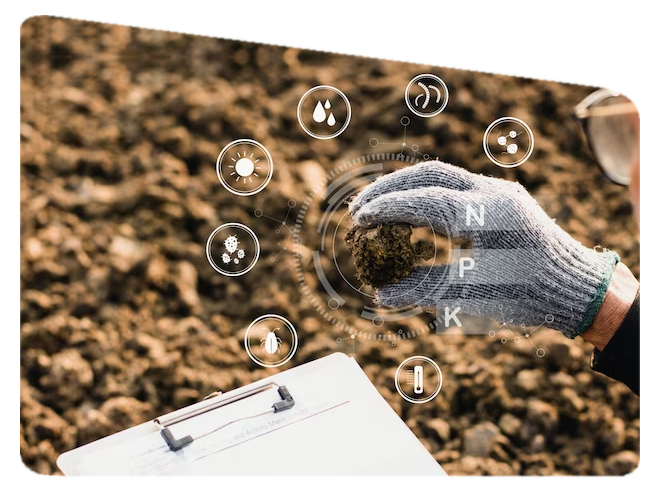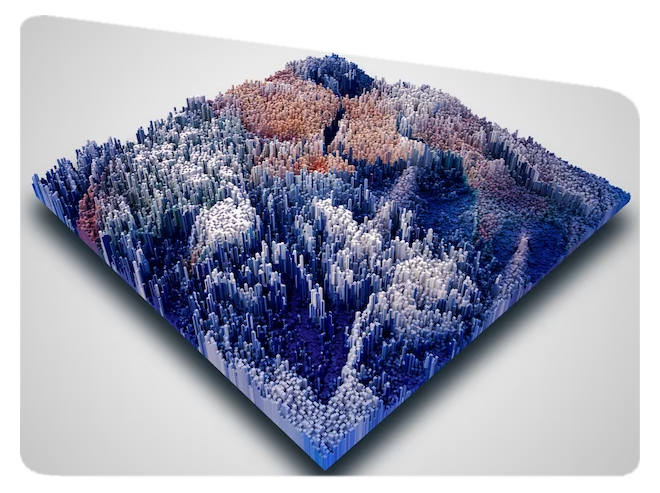+91-9761000203, +91-8126477725, +91-9411552512
resilinfras@gmail.com
Geotechnical engineering is the branch of engineering that studies, designs, and builds foundations, slopes, retaining structures, embankments, tunnels, levees, wharves, landfills, and other systems made of or supported by soil or rock.
Geotechnical research encompasses analytical and numerical analysis of geotechnical problems, as well as constitutive modelling, experimental modelling, and design.
Geotechnical Engineering is essential for the assessment of natural hazards such as earthquakes, liquefaction, sinkholes, rock falls, and landslides in all civil engineering projects built on or in the ground.

This branch of engineering investigates and studies subsurface materials and conditions using soil mechanics and rock mechanics principles. The principles outlined above are used to elicit critical information about the physical, chemical, and mechanical properties of these subsurface materials and structures. Geotechnical engineering has numerous applications. While it is an important component of civil engineering, it is also used in other engineering fields such as mining engineering, petroleum engineering, and coastal engineering.
Geotechnical design plays a crucial role in mitigating the effects of natural hazards like earthquakes and landslides.
Through careful analysis and design, geotechnical solutions can help reduce the damage and risk caused by natural disasters, increase public safety, and improve overall societal resilience.
It is critical to conduct a site investigation before beginning any construction work. Failure to do so has frequently had negative and costly consequences on construction projects.
Geotechnical engineers protect and maintain the earth's physical environment while major public and private projects are being built. Their expertise in civil engineering construction and design allows them to investigate and analyse sites in a safe manner, determining their current and future stability. These types of projects typically involve major changes to the physical environment, such as tunnelling and the construction of large structures such as buildings, bridges, dams, airport runways, and towers.
Geotechnical engineering can further be divided into the following categories:

It involves the study of the ground and subsurface conditions to understand the geological, geophysical, and geotechnical properties of the site.

This information enables engineers to make informed decisions while designing and implementing measures to protect infrastructure and communities from the adverse effects of natural hazards.

It is an essential process that aids in mitigating the impact of natural hazards by utilizing existing data. It plays a crucial role in preliminary hazard assessments and initial planning phases.